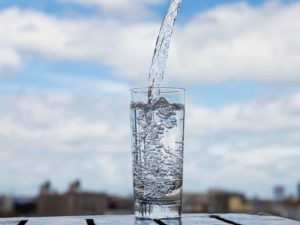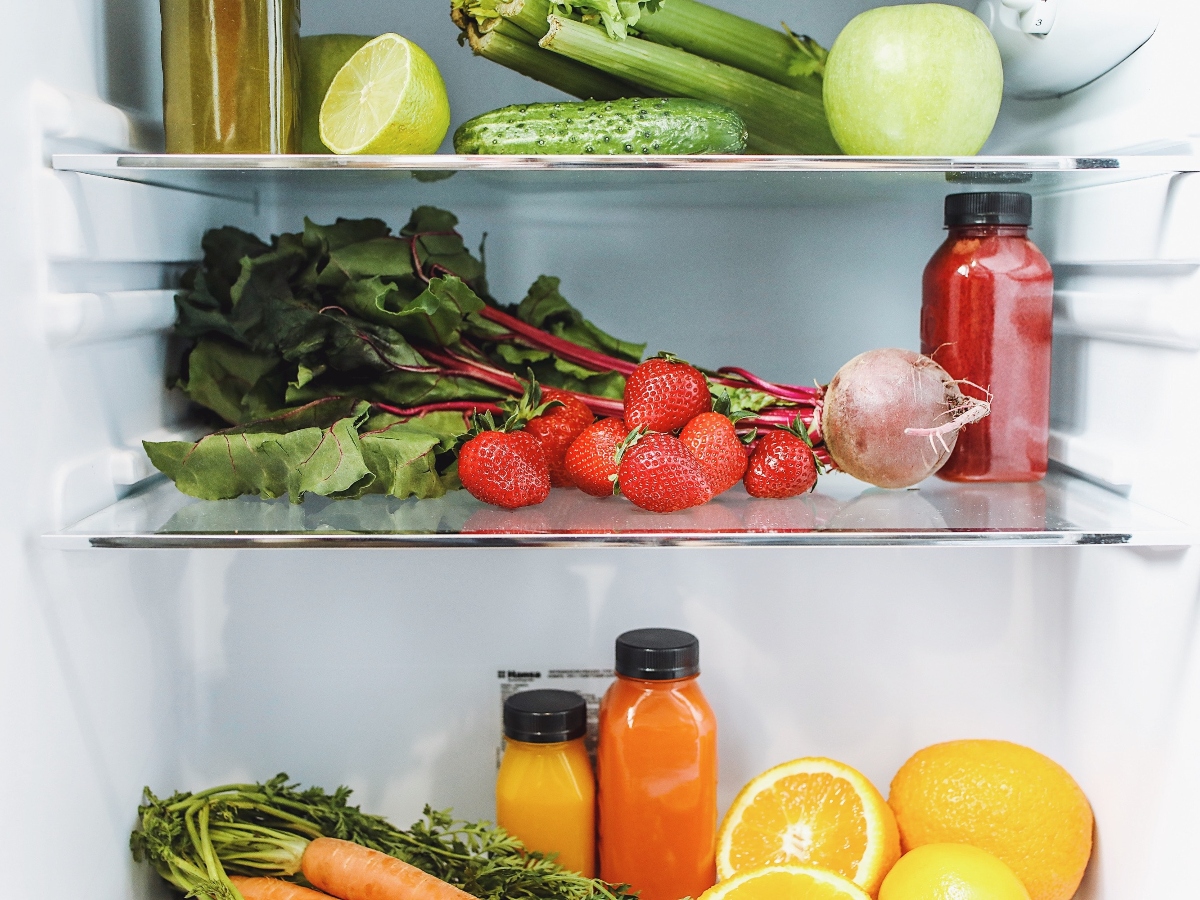In our current society, electricity is a basic need, as modern life revolves around electricity. From factories, digital devices, critical infrastructure and even vehicles are electrically powered, making power outages a challenging factor. However, long before electricity, our great-grandparents knew how to keep food cold without electricity. They knew what temperatures to preserve food at without electricity was necessary. They also knew that bacteria grow and spread when foods, particularly perishables, are stored in unsuitable conditions and eating foods stored at excessively high temperatures increases your risk of a food-related illness. However, some foods require no refrigeration, such as honey, coffee, oils, green bananas, tomatoes, bread, and canned foods, but most foods do. If you don’t have electricity, you may have to be creative and find out how to keep food cold without electricity.
Here are nine tips and tricks on how to keep food cold without electricity:
1. Use Underground Food Storage
Long before the discovery of refrigerators, people used underground storage to preserve food. By building underground food storage, you can store your food in case of a power outage. The deeper the storage unit, the colder it is. Therefore, commodities like milk, cheese, beef, and other foods should be kept in the storage well’s deeper sections.
Initially, one would drop the food into the underground well with ropes, but with time the underground well storage evolved to root cellars. Here is how to use modern underground storage:
- If you already have an ancient well on your property, use that, but if you don’t, dig a hole wide and deep enough to fit a broken fridge.
- Cover the top to prevent moisture from getting to the stored foods.
- The duration of storage depends on the time, type of food, and storage conditions.
2. Use a Zeer Pot
The Zeer pot is still standard in some parts of the world. The Zeer pot is composed of two unglazed clay pots, whereby the smaller pool sits inside the larger pot. The sand is filled in the space between the two banks. After filling the inner pot with food, the sand is flooded with water. The water will be soaked through the clay and dampen it. The water seeping into the outer surface of the larger pot will evaporate, cooling the inner pot. Covering the top with a moist cloth ensures overall cooling.
Foods stored in Zeer pots stay cold longer than food at room temperature. In addition, the cooler the temperatures, the longer your food will stay out. Here’s a great YouTube video to explain how this process works.
3. Make Root Cellars
Root cellars are upgrades of underground storage. Buildings erected before the 1960s had root cellars. The concept behind root cellars keeping food cold depends on insulation, cooling, and humidity.
Some of the benefits of root cellars include:
- It keeps vegetables fresh for use for six months.
- When growing your food, root cellars guarantee you can store a particular vegetable even when it’s out of season.
- They require no electricity or propane gas.
Properly constructed root cellars have a temperature between 32-40°F (00-4.5°C) and an estimated humidity of 90%. The high humidity prevents food from losing moisture and producing ethylene gas which accelerates ripening.
4. Make an Icebox/ Ice House
An icebox or an ice house is an old but effective technique for keeping food cold without electricity. The cold temperatures of the icebox or ice house preserve foods by slowing down the bacterial multiplication process.
To increase the efficiency of the box or ice house, use ice blocks instead of cubes. A cube freezes the food faster while the league has a 5-7 day lifespan. In addition, the ice block will keep the house or box cooler even when the outside temperatures rise.
The lifespan of the food stored increases with fewer opening and closing cycles. It is essential to pre-chill the food you plan on preserving in the icebox and fill the box as much as possible to reduce room for convection. However, the lifespan of the food stored in the ice box or ice house depends on the physical attributes of the unit.
5. Build a Spring House
Spring houses like oversprings and wells are close to running water. Food is put in pots and then kept in the springhouse. Construction of spring houses requires professional expertise to ensure the unit can last for many years.
In addition, building spring houses requires extensive labor and is equally expensive. However, if constructed adequately, spring houses can last over a century. Furthermore, spring houses can endure hot seasons as the spring water is usually more relaxed.
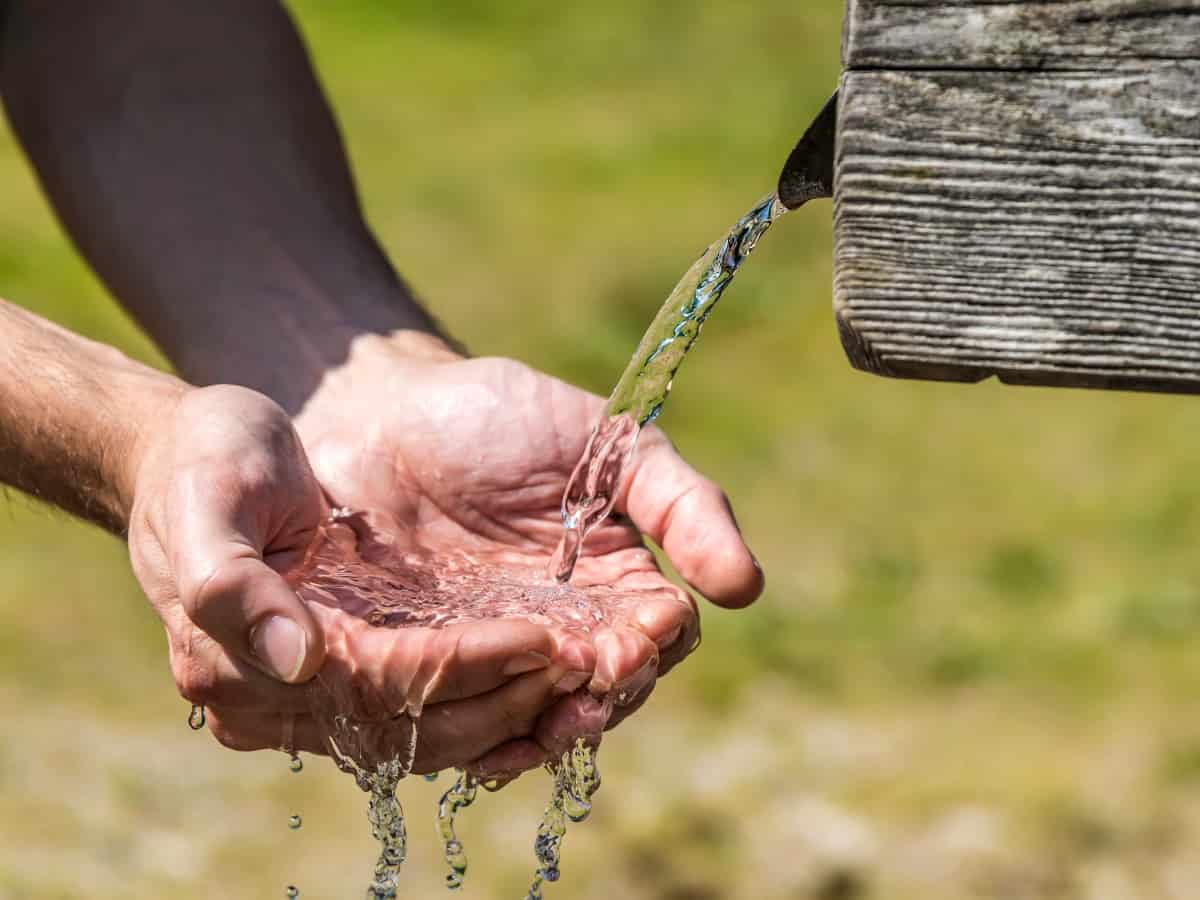
6. Power of Running Water
Running water is cold because it is continuously flowing and exposed to large surface areas, which promotes evaporation. To store your food in running water, you need airtight jars to ensure that aquatic animals won’t access it and water won’t seep through. If there are any cool streams near you, you should consider running water as a form of food preservation. Once the food is in the containers, seal it and make it airtight, then submerge the containers in water to keep it at stream water temperature. .
7. Use a Non-Electric Refrigerator
Some fridges in the market require no electricity to keep food cold. Instead, high-quality coolers and propane refrigerators perform their function of keeping food cold effectively. Only excellent quality coolers will keep the food cold as they have insulation properties. The foam plastic on the coolers works as the insulating layer. Coolers work by minimizing the convection and conduction of air movements. In addition, the coolers keep the food cold at 40 degrees Fahrenheit, but if the temperatures rise, you should remove the stored food from the coolers within two hours.
Propane refrigerators rely on coolants to keep the temps inside cold. The chemical reaction behind the cooling mechanism depends on the propane gas burning. To work a propane fridge, heat the ammonia and water solution till it boils. The boiled liquid rises, and then it’s cooled to a liquid state. As liquid ammonia flows through the evaporator, it mixes with hydrogen gas.
An endothermic reaction takes place, and the heat is absorbed. The ammonia gas then mixes with water forming a solution while the hydrogen gas is released back into the evaporator. The cycle continues, and the fridge keeps the stored food cold.
8. Use Evaporative Cooling
Evaporation tends to leave a cooling effect. Evaporative cooling is a method of keeping food cold without electricity. For evaporative cooling, the stored food is surrounded by evaporating water. The food is wrapped with a cloth material around a shelving unit to accomplish evaporative cooling. The fabric is soaked as the shelving unit is placed in water. It would help if you kept adding water constantly as it’s lost through evaporation.
An evaporative fridge uses the evaporative cooling principle and extends the lifespan of the food stored. Exposure to wind increases the effectiveness of the refrigerator. As the breeze blows, it increases the airflow over the soaked fabric, increasing the evaporation rate.
9. Use Charcoal Cooler
To preserve food and keep it cold, the charcoal cooler uses a similar principle to the evaporative cooler. It comprises a timber frame filled with charcoal on the sides. The charcoal is water soaked, and as the warm, dry air flows through the charcoal, the heat is absorbed, and water evaporates, leaving the air cool. The cold air is what keeps your food fresh.
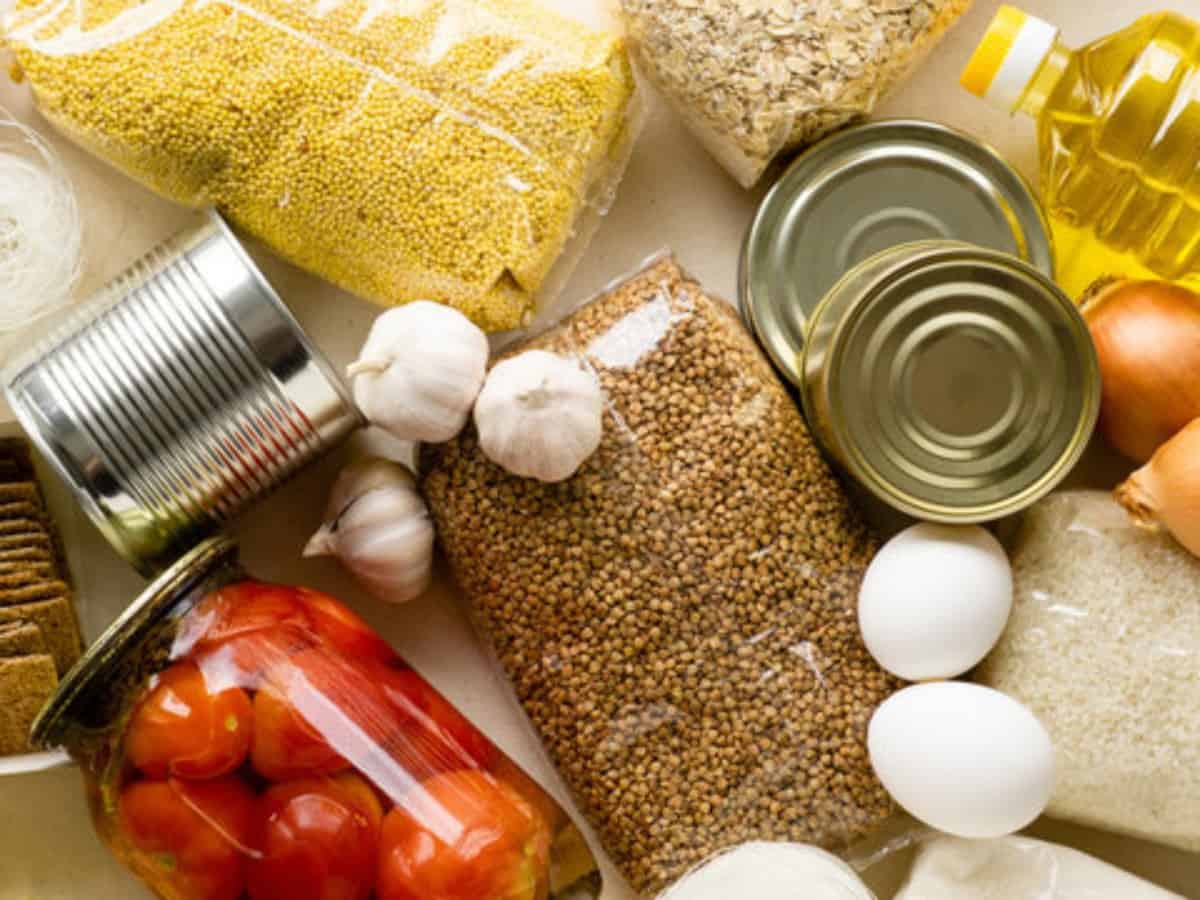
Signs of Food Spoilage
Keeping food cold during a power outage is tricky, but the tips listed above aim to avoid spreading bacteria and fungi. The bacteria break down the food and release toxic waste that can cause disease in humans and animals alike. Listeria, which often develops on lunch meat and cheese, even in the refrigerator, is one of the most severe foodborne infections that bacteria may cause. On the other hand, a fungus feeds on the foods and leaves an undesirable appearance of rotting. Consuming food with fungi may also make you sick. To be safe, look out for the following signs.
Below are some signs of food spoilage to look out for:
- Bulging lids/swollen container
- Change of the original color
- Unpleasant odor
- Change in texture
- Presence of mold (white, blue, black, green)
- Rising Bubbles (gas)
- Undesirable taste.
When preserving foods, have a thermometer installed in the area to monitor temperature changes. In addition, there are some tips to follow when trying to keep food cold without electricity, such as;
- Sort the foods based on how fresh they are and pack them separately in your cold unit.
- When storing prepared food, ensure it has cooled before placing it in the cooling unit.
- To monitor food safety properly, install a thermometer.
- Avoid opening your cold unit often or constantly leaving it open.
- Check your alternative cold storage unit daily to ensure the food is in good condition.
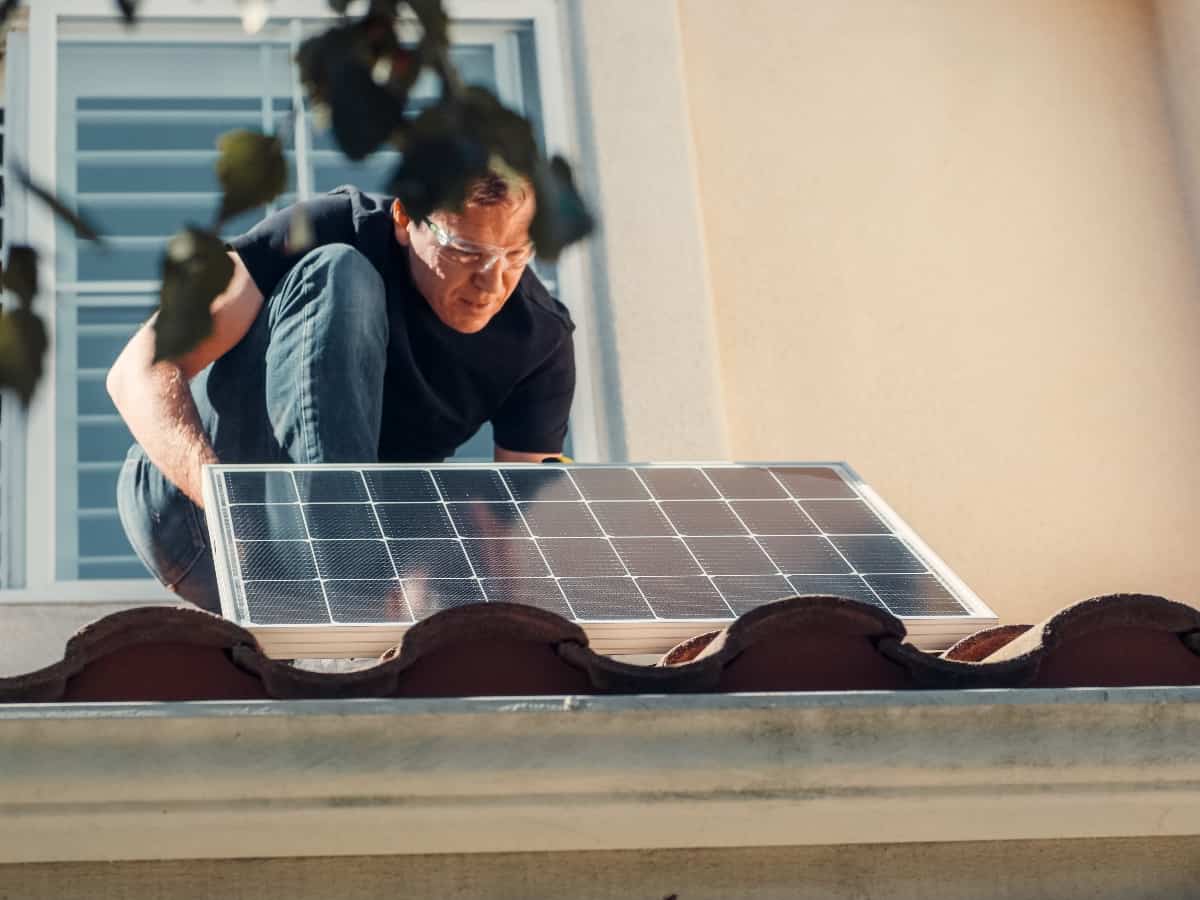
Contact ONIT Home For Alternative Power Solution
Now that you know how to keep food cold without electricity, it’s important to know that electricity isn’t your only savior. If you’re looking for an alternative source of energy? Solar energy may be the solution you need. However, it is best to work with a professional to ensure the installation process goes smoothly. At ONIT Home, we provide licensed professional services at an affordable rate. Reach us on 1-833-433-0331 today and begin your journey to clean and affordable energy. Whenever you need us, we’re ONIT!
